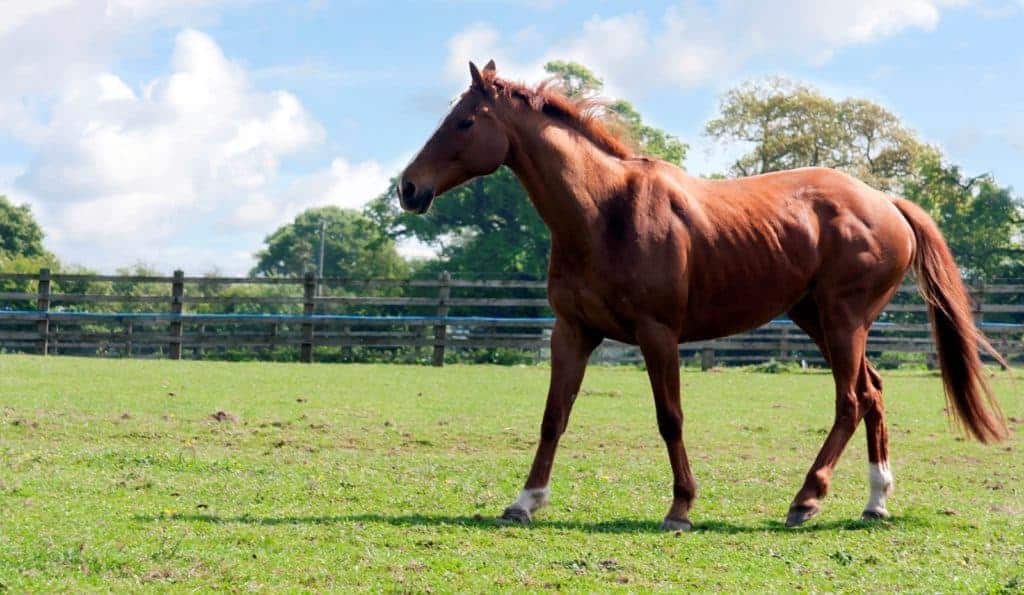
Equine Pain Pathways
By understanding how pain works and addressing its various pathways, we can improve healing and better ensure equine welfare.

By understanding how pain works and addressing its various pathways, we can improve healing and better ensure equine welfare.

A veterinarian and equine behavior expert describes signs your horse’s behavior might be related to pain.

Older horses are more likely to suffer from chronic, pain-causing conditions but less likely to receive veterinary care than nongeriatric horses.

Learn what veterinarians are doing to improve how they control equine pain.

Poll pain can cause performance, behavior, and welfare issues for horses. Learn how vets diagnose and treat it.

Pain related to acute issues such as colic or hoof abscesses is usually obvious. But sometimes the signs of chronic pain are more subtle. Can you tell if your horse is hurting?

Find out how to keep you, your prone-to-worry horse, and those around him safe.

We asked two experts how they approach laminitis and try to keep affected horses comfortable.

A study found omeprazole protected horses against phenylbutazone-induced equine glandular gastric disease but might exacerbate phenylbutazone-induced intestinal disease.

A review of research into laminitic pain in horses found veterinarians rely on a multimodal approach for pain management.

Dr. Amanda Adams of the University of Kentucky, in Lexington, describes her senior horse research, which focuses on EMS, PPID, and immune system health.

Horse owners can use a science-based app to document body language and facial expressions and determine whether equids are in acute pain.

Non-steroidal anti-inflammatory drugs serve an important role in managing equine pain and inflammation, but sometimes they can do more harm than good.

Standing surgeries on sedated horses can provide good, if not better, results than equivalent surgeries on fully anesthetized horses, without the added costs and complications.

A veterinarian explains terms often used to describe horses with front-limb lameness.

My vet wants my 38-year-old on phenylbutazone forever. Is there anything else that could help him, with no side effects?
Stay on top of the most recent Horse Health news with
"*" indicates required fields